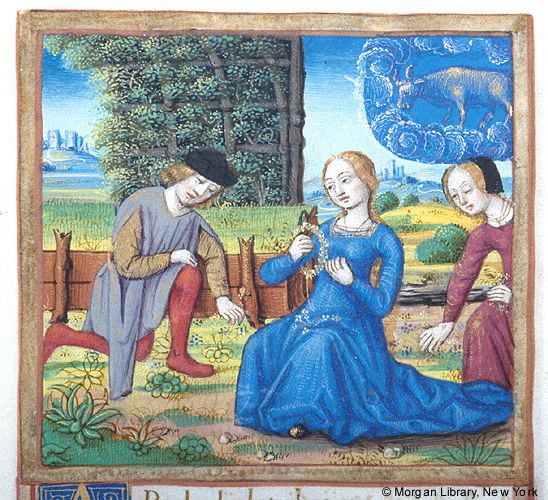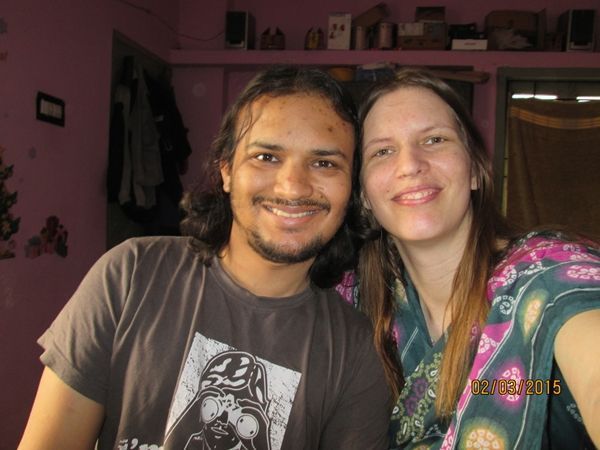Dating and marriage in the middle ages
Dating > Dating and marriage in the middle ages
Click here: ※ Dating and marriage in the middle ages ※ ♥ Dating and marriage in the middle ages
This was not a pornographic show. Retrieved 28 July 2015. Desperate people can be spotted a mile away!

Among these preparations are the vodka of the bride and the bridegroom. Divorce was a widely used alternative if a marriage was absolutely not working out. Her torturers are wreathed in flames, perhaps indicating their eternal destination. Problems involving sexual conduct were also at issue in the struggles between Protestant and Catholic. Print the wealth of digital tools that allow people to search for potential partners, and even as one-in-ten Americans are now using one of the many online dating platforms, the vast majority of relationships still begin offline. By developing the idea that a noble could not be a perfect u unless he loved a woman the Cathar troubadours laid the foundation of courtly chivalry. The Internet QQ chat room is challenging traditional dating agencies.
If the man is willing to allow me to continue that independence and not box me into a fixed role then I would definitely consider it. The advent of Christianity barely improved women's status. There were instances when young women and men tried to circumvent the order of the day.

Marriage and divorce: patterns by gender, race, and educational attainment - In England some people did near churches to give greater spiritual weight to proceedings, often at the church door leading to some rather fabulous church porches being added to earlier buildingsbut this did not necessarily involve a and. In the 12th century, the jurist , an influential founder of in medieval Europe, accepted the age of puberty for marriage to be between 12 and 14, but acknowledged consent to be meaningful if the children were older than 7.

Admittedly, modern day folklore and film seeks to depict middle ages romance and marriage as entirely romantic. Although there was no shortage of ideal love and marriages during this time, the institution of medieval marriage went through some notable evolution. In England, the Council of Westminster issued a decree in 1976 that prohibited fathers and males in general from giving out their daughters and female family members for marriage without the blessings of a priest. Later the council also declared that marriage should be open and not done in secret as was customary. It was not until the wake of the 16th century that the Council of Trent required that betrothals be blessed and performed by a priest. Although marriages in the middle ages allowed for separation, there was no provision for official divorce. However, marriages between close relatives could be annulled. Betrothal There were two stages in marriage in the middle ages in Western Europe. These included the Betrothal and the wedding. The betrothal was more festival than the wedding was. Betrothals were early marriage contracts drawn between families on behalf of their children, who were fated to get married to each other. Planned marriage was a common thing in the middle ages society and was especially important among the nobility who sought to maintain the power structure existent in society. In Germany for example, in the 6th century the betrothal festivities entailed the groom-to-be offering a ring, a pair of sandals and a kiss to the bride-to-be. In France, the couple shared a glass of wine and a fruit to symbolize the upcoming marriage. During the betrothal ceremony, the families negotiated the terms of the marriage, before the wedding took place. There was no specific duration for the betrothal and this phase would go on until one or both of the couples were mature enough to marry. The male was considered eligible for marriage at age 14 and the lady at age 12. During the betrothal ceremony, both the male and female would take vows in the same way as they would during the wedding ceremony. Modern day marriage certificates are in fact largely derived from the customs and traditions of marriages in the Middle Ages. These were legally binding agreement whose provisions were negotiated before the wedding. Often, as in the betrothal, the families of the bride and groom would be in charge of negotiating the provisions of the marriage agreements. The marriage contract entailed issues of the dowry paid by the bride as she enters the union, and the bride-price contribution made by groom as he takes away the bride. Other areas that were covered included payments to be made to either family in the event that the bride or groom dies before the other, and compensation to be paid in the event that either the bride or the groom dissolves the marriage. The agreement also indicated the rights and obligations of the bride and groom. Courtly love denoted the type of prose written in the Romance languages. The term evolved to later describe the romantic expeditions of knights and chivalry. Troubadours or migrating poets told these love stories as they travelled between villages. Scribes, aristocrats, musicians and even the clergy then recorded the poems. Although they were initially used for teaching the nobles about the art of romance, most of society began to look up to these writings as a source of guidance for romance in their own marriages and relationships. These romantic poems propagated by the troubadours demonstrated the concepts of passionate and powerful love and they also elevated the woman above her suitor. This romantic poetry went a long way in actually elevating the status of noble women as society changed its attitudes towards her. Weddings in the middle ages formed the groundwork for most of the modern wedding customs and traditions. Noble women typically married when they got to the age of 24 or older, compared to peasants who married at a younger age of 12 years. Overall, in Europe most people married by the time they reached 19 years. As much as the nobles focused on betrothals, the peasants were also keen on love matches. However, most marriages among peasants were due to pregnancy. The nobles were able to afford rings and most grooms would offer diamond rings to their brides. On the wedding, they would also exchange wedding bands that would be gold covered or silver. The peasant couple could not afford rings thus they broke a coin and each would keep half. After the exchange of vows at the church, the villagers showered the couple with grain as a blessing for a large family. This tradition is present in modern day weddings. In the middle ages, the bride was not expected to be in a white dress for her wedding. She often dressed in a blue one as this symbolized purity. Both the bride and groom would also spot a blue ribbon. However, there were no fixed rules and the bride could don in a dress of any color. After the wedding, the guests would try to snatch the garter, which held a symbolism of luck. According to medieval marriage customs, an unmarried man who gave the garter to the person he loved would be certain of faithfulness from her.
Last updated